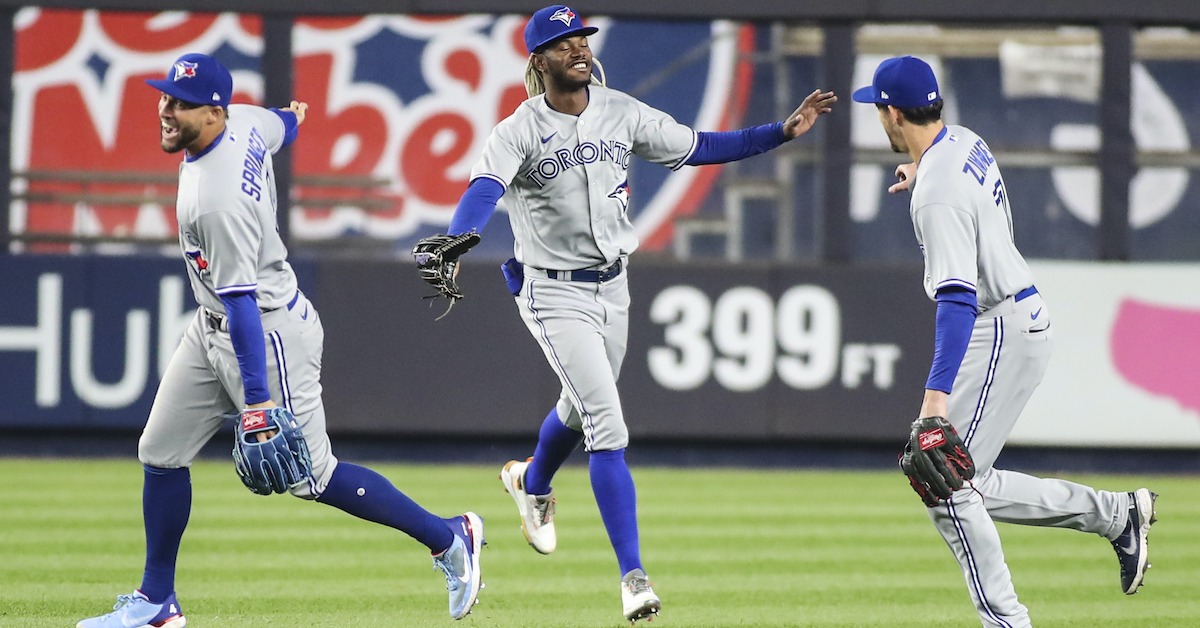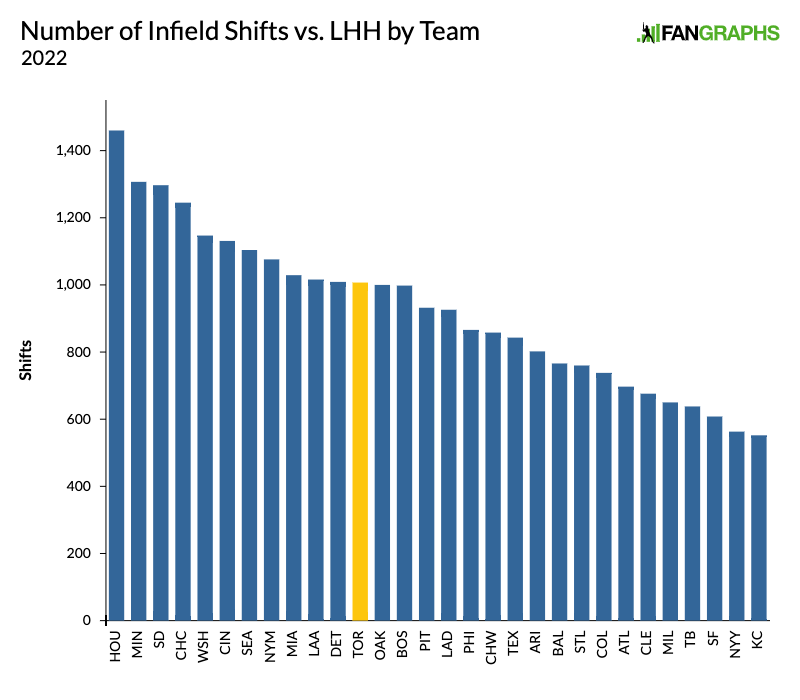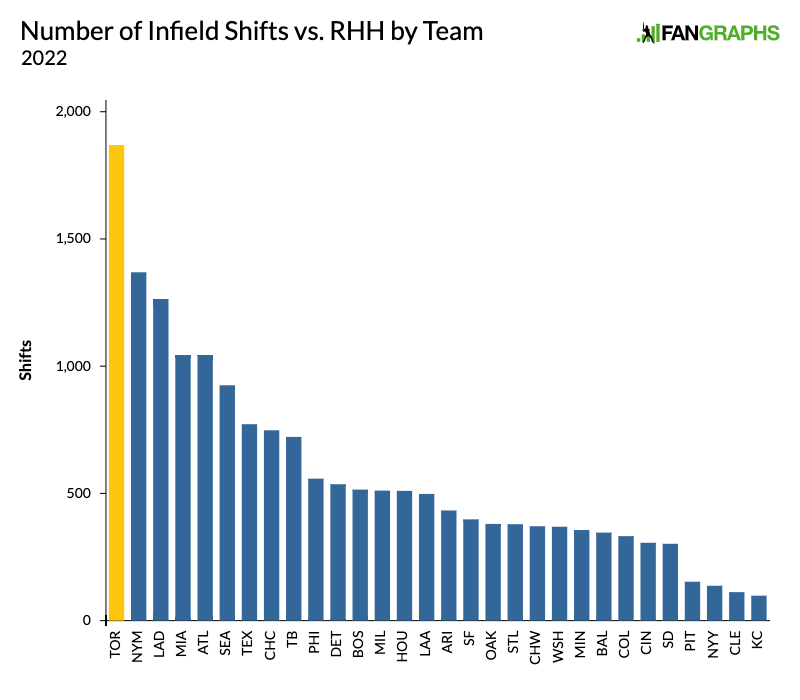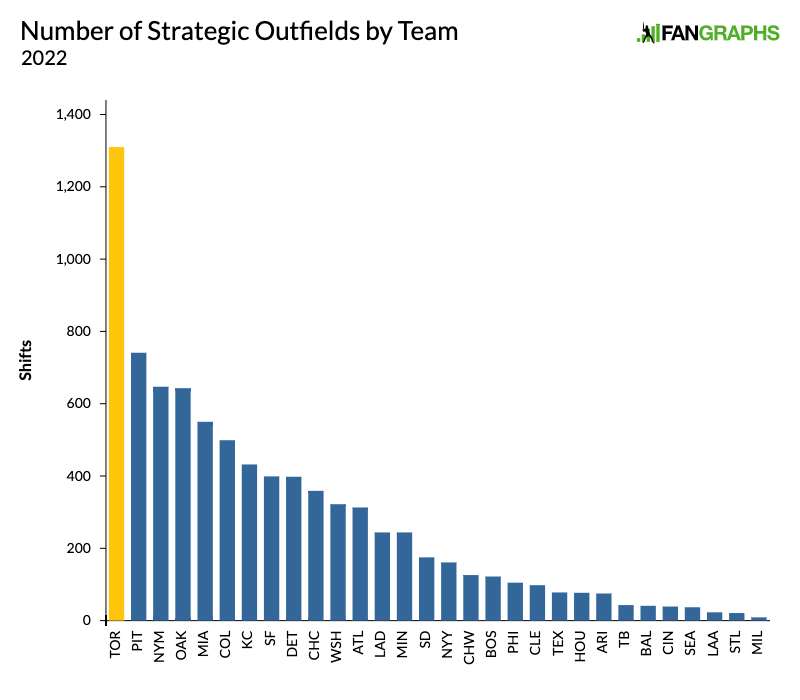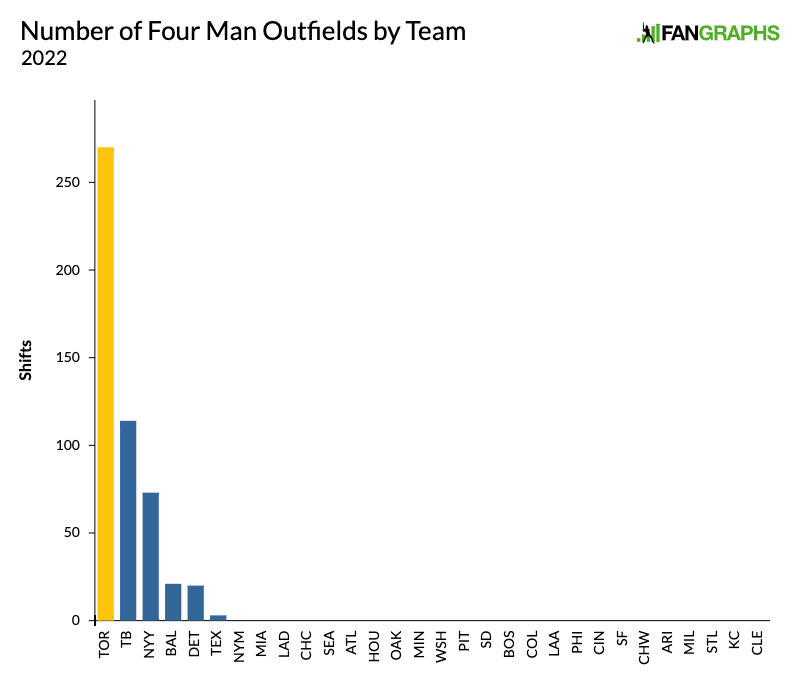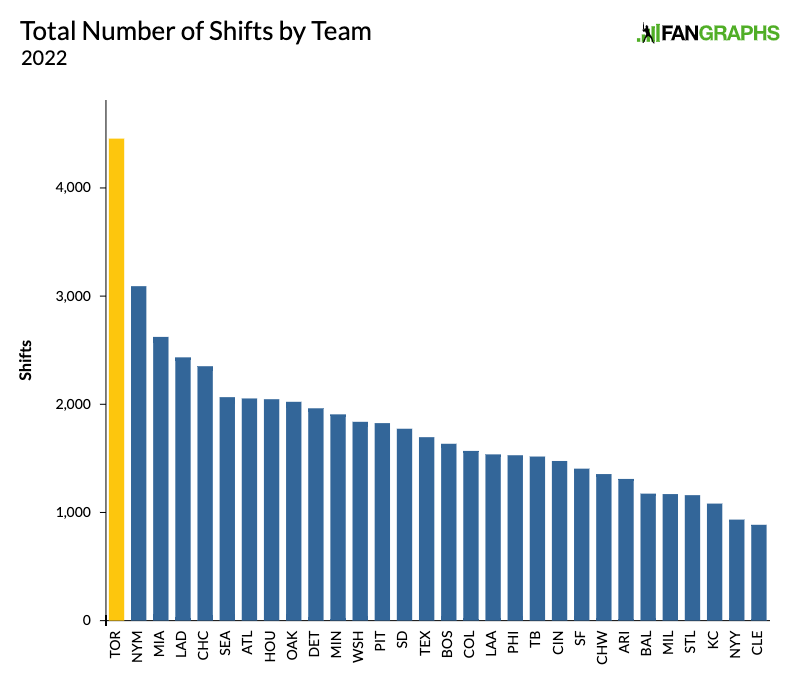Elevated Jazz

Jazz Chisholm Jr.’s first full season in the major leagues was somehow both a success and a disappointment. League average offensive production from someone who only hit Double-A in 2019, with solid defense to boot? That’ll get you 2 WAR in just over 500 plate appearances, an impressive showing. He cranked 18 homers as well – all in all, a statistically solid debut.
On the other hand, he did it in a way that looked nothing like his minor league numbers. Chisholm’s intrigue had always stemmed from his sneaky power. Despite his diminutive frame – he’s listed at 5-foot-11, but I’d take the under – he put up impressive raw exit velocities and excellent home run numbers. He hit 25 homers in just 501 plate appearances in 2018, then followed it up with another 21 in 458 plate appearances in ’19. Those are serious numbers, and it’s no accident that Eric Longenhagen graded Chisholm’s raw power as a 60 on the 20-80 scale.
Despite his 18 bombs, though, he didn’t really display the thump he’s capable of. It’s not that he didn’t have the raw power we thought he did – he posted an 84th percentile maximum exit velocity – but quite frankly, he just hit too many grounders. You can look at his minor league GB/FB ratios, compare it to last year, and see the change:
| Year | Level | GB/FB | GB% | FB% |
|---|---|---|---|---|
| 2016 | R | 1.72 | 49.7% | 28.9% |
| 2017 | A | 0.86 | 35.3% | 41.2% |
| 2018 | A-A+ | 0.82 | 35.0% | 42.5% |
| 2019 | AA | 0.25 | 15.0% | 59.5% |
| 2020 | MLB | 0.72 | 37.1% | 51.4% |
| 2021 | MLB/AAA | 1.59 | 48.8% | 30.7% |
Aside from a brief and grounder-heavy rookie ball debut, Chisholm has avoided putting the ball on the ground. You can’t hit a home run on a grounder, no matter how hard you try. That’s how he ended up with average isolated power in 2021 despite his prodigious pop. He just couldn’t elevate, plain and simple.
This season, that’s in the past. He’s come out firing on all cylinders, hitting .295/.337/.611 with six homers in his first 105 plate appearances. He’s probably not going to keep hitting .295, but he probably will keep up his power output, because he’s back to doing what he used to do best: getting the ball in the air with great regularity. His groundball-to-fly ball ratio is back down to 0.76, his 30.6% groundball rate is the 12th-lowest in the majors, and he’s elevating and celebrating as well as he ever did in the minors.
Call it rocketed-ball science: if you have Chisholm’s power, putting the ball in the air is the best thing you can do. In his major league career so far, when Chisholm can’t get the ball in the air (which I defined as launch angles of five degrees or below), he’s hitting .252 with a .289 slugging percentage, good for a .237 wOBA. That’s awful – and that’s when he puts the ball in play. That’s when the good results are supposed to come.
When he gets above the five degree mark, good things start to happen. He’s hitting .421 with an .870 slugging percentage. If you’re a wOBA person, that works out to .531. That’s the good stuff – the kind of premium production on contact scouts expected out of Chisholm. This isn’t some “oh, he’s just on a hot streak in 2022 that’s the majority of his production” nonsense, either; cut 2022 out, and he’s hitting .412 with an .848 slugging percentage.
Think my five degree cutoff was arbitrary? It absolutely was! Let’s do it again at 10 degrees. Under 10 degrees, Jazz is hitting .327 with a .375 slug. At 10 or more, he’s batting .388 with an .881 slug. No matter how you slice it, when he can keep himself from hitting the ball into the ground, good things happen.
So why doesn’t he do it all the time? Because of pitching, basically. You don’t get to hit off a tee and launch moon shots (named after Wally Moon, thanks Effectively Wild!) all day. Pitchers want grounders or whiffs, and where they locate the ball has a lot to do with what happens after hitters connect.
The lower the pitch, the higher your chances of hitting a grounder, obviously. Even as he’s made strides at putting the ball in the air, Chisholm is hitting grounders on 41.7% of his batted balls when he makes contact in the lower third of the zone. That number stood at 55.3% last year.
Make contact in the middle third, and what kind of hitter you are does more to determine the outcomes. Last year, Chisholm stayed on the ground on exactly 50% of his batted balls that were in the middle third of the strike zone height-wise. This year, that’s down to 35.7%. By the time you get to the upper third, you almost can’t help but elevate. Chisholm hit grounders on 30.2% of his batted balls that originated from the upper third of the strike zone last year, right around league average for that area of the zone. This year, that’s down to 10%.
In other words, Jazz is finding a way to put everything in the air again, like he always has. The question, then, should be what happened last year. As it turns out, he had a few stretches of productive air contact, but spent a few months with some absurdly high groundball rates, torpedoing the whole operation:

I’ll be honest with you: I can’t completely explain this one. It’s not like he’s fixing it with approach, at least not entirely. Sure, he’s swinging more at pitches in the upper third of the zone, but he’s swinging more at pitches in the lower third as well. More of his contact has come in the lower third of the zone this year, in fact.
I can speculate, though. I watched a giant pile of at-bats from the peak of his grounder-heavy spell last year and tried to pick something out that could explain the change. This is extremely non-scientific, but here, watch him hit a grounder on August 31 last year on a fastball right down the pipe:
Now, for a baseline, here he is hitting a grounder on a fastball right down the pipe this April:
Is that difference in swing responsible for the huge change in groundball rate? I’m hesitant to pin it all on that. But he clearly looks less comfortable in the first clip; he’s bouncing around, his hands are meaningfully higher at pitch release, and his lower body looks to me like it’s slightly out of sync at the point of contact.
I’m absolutely not a hitting coach. I wouldn’t take what I’m saying here as gospel. But if you asked me which hitter was more likely to do damage, I’d take the one who stayed still, kept his hands lower, and looked more balanced on his follow-through.
He’s doing other things too, of course. He’s making far more contact over the heart of the plate (61% of his batted balls this year compared to 50% last year), and those are easier pitches to hit. He’s more aggressive over the heart of the plate in general – 78% swing rate this year against 70% last year – while chasing fewer breaking balls outside the strike zone. The more you do that, the more you get pitches to hit.
It’s not resulting in more walks, but that might change. Challenging Chisholm is a tricky proposition; he still swings and misses quite a bit in the zone, but he does a ton of damage when he connects. The equation was a lot easier last year, when he was putting the ball on the ground far too often. Now, you’re liable to watch a jog around the bases if you get too comfortable with throwing him pitches in the zone. Thus far, pitchers haven’t given in. They’re getting their strikeouts, but Chisholm is turning plenty of those in-zone pitches into souvenirs.
Of course, he can hit home runs outside the zone too. Just ask Mark Melancon, Chisholm’s latest victim:
I’d like to have a better answer for you. I’d like to give you one simple statistic that explains Chisholm’s new form. I don’t have one, though. I think it’s a confluence of many things. He’s swinging at better pitches. He looks more locked in at the plate. He’s returning to his old batted ball distribution – maybe this has basically been him the whole time. Whatever it is though, it boils down to this: when Chisholm is rolling, he’s got top-shelf power and the batted ball distribution to take advantage of it. Only time will tell if he can keep it up, but things look pretty rosy in Miami at the moment.



